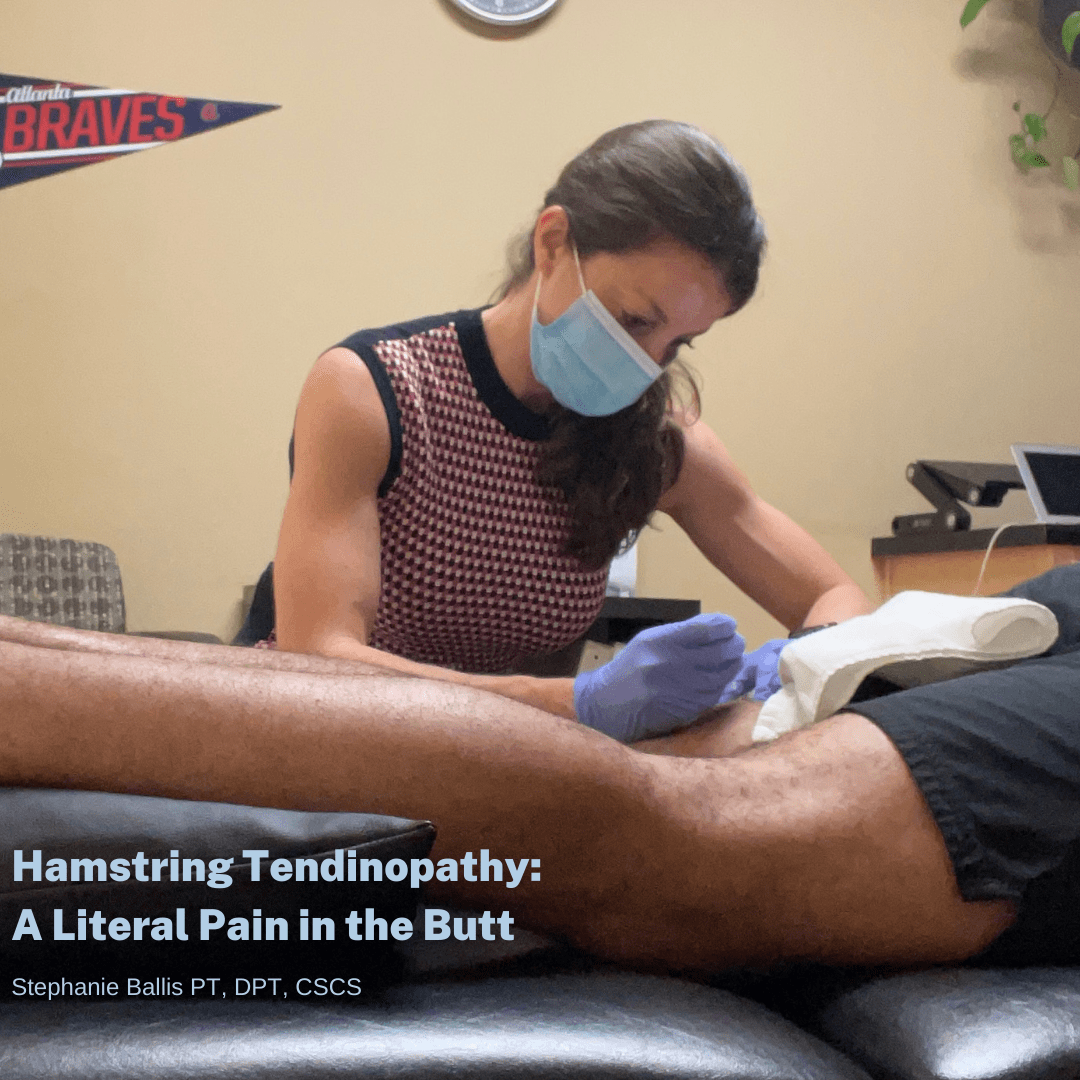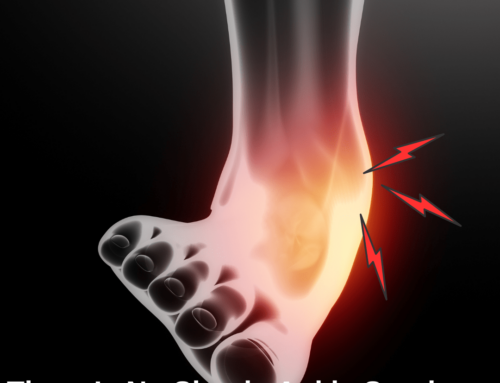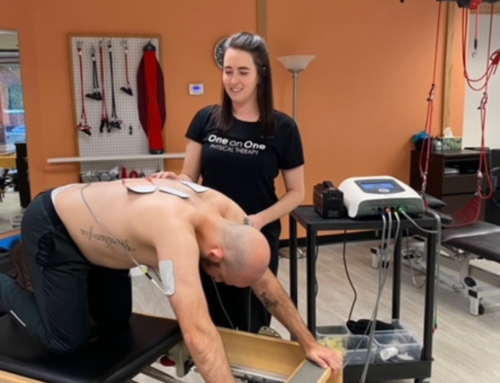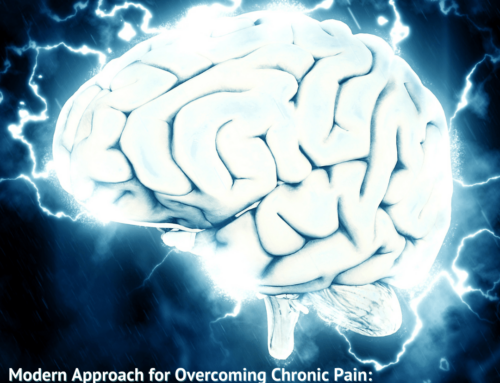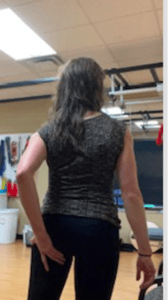
No, I am not talking about your friend, partner, or mother-in-law… I mean is the pain in your butt that has never felt quite right since you tweaked it way back when.
What is a hamstring injury?
Do you have generalized discomfort or an achy sensation when you strike the ground while walking or running, during or after a workout, or even when you sit?
Your hamstrings are the muscles along the back of your thigh that run from your pelvis beyond the knee joint to the upper portion of the lower leg. Your sit bones serve as an anchor point from which a conjoined tendon of 2 of the 3 hamstring muscles originates.
Are you at risk?
#1 risk factor and indicator of recurrent injury = previous hamstring injury.
“Hamstring strains make up 12-16% of all injuries in athletes with a reinjury rate between 22-34%”
- Modifiable risk factors:
- Glute amnesia
- Inactivity – you sit all day (also known as GLUTE AMNESIA)
- Inadequate or lack of a dynamic warm-up
- Poor biomechanics/technique, overstrides
- Overtraining under high duress high load
- Muscular imbalances, core weakness, anterior pelvic tilt disproportionate quad: hamstring strength
- Shoe wear
- Nonmodifiable risk factors:
- Previous hamstring injury
- Scoliosis – which can enhance asymmetry from right to left and can place one or both glutes in an anatomical position that makes them even hard to recruit
What can you do about it?
- STOP stretching before activity and STOP STRETCHING YOUR HAMSTRINGS. Rather, perform a dynamic warmup where you are moving through a series of motions that ideally simulate the activity you are about to perform.
- Try pre-activating your glutes and LENGTHENING your hamstrings before engaging in any kind of strenuous activity. Not only will you feel the burn right away you are lengthening and maximizing core stability all at the same time.
- Add an eccentric bridge on foam roller or sliders is a nice addition or supplement
- Double leg bridge walkout
- The ultimate goal: Nordic hamstring
Two Key Components to successful rehab that are often overlooked
- Progressively increasing the hip flexion angle maintaining that symptom irritability stays stable within a 0-3 range
- High-velocity high load hamstring training is required in order to withstand the duress required during sport
About the Author:

Stephanie is passionate about the treatment of chronic tendinopathies. After sustaining a proximal partial proximal hamstring tendon tear herself, she became heavily engrossed in the current research to identify what is missing from current protocols and has made it her mission to ensure others get ahead of this recalcitrant injury.
References:
- Schmitt, B., Tim, T., & McHugh, M. (2012). Hamstring injury rehabilitation and prevention of reinjury using lengthened state eccentric training: a new concept. International journal of sports physical therapy, 7(3), 333–341.
- Proximal Hamstring Tendinopathy: Clinical Aspects of Assessments and Management. Thomas S.H. Goom, Peter Malliaras, Michael P. Reiman, and Craig R. Purdam. Journal of Orthopaedic & Sports Physical Therapy 2016 46:6, 483-493

